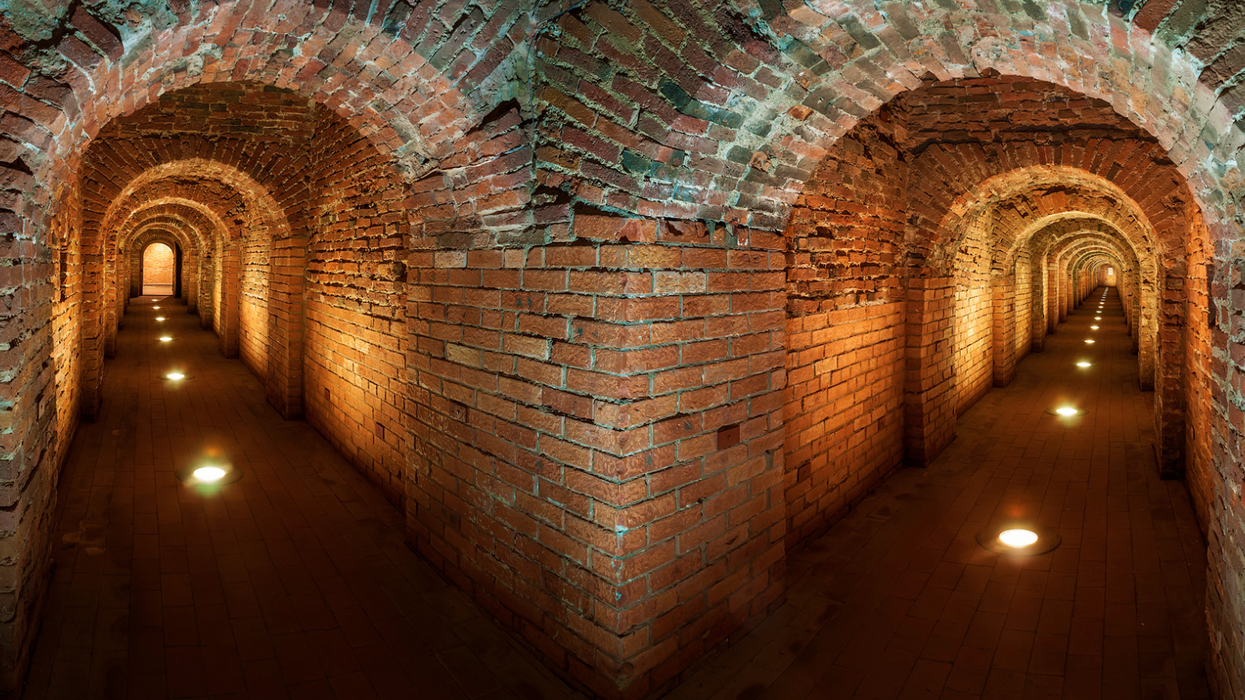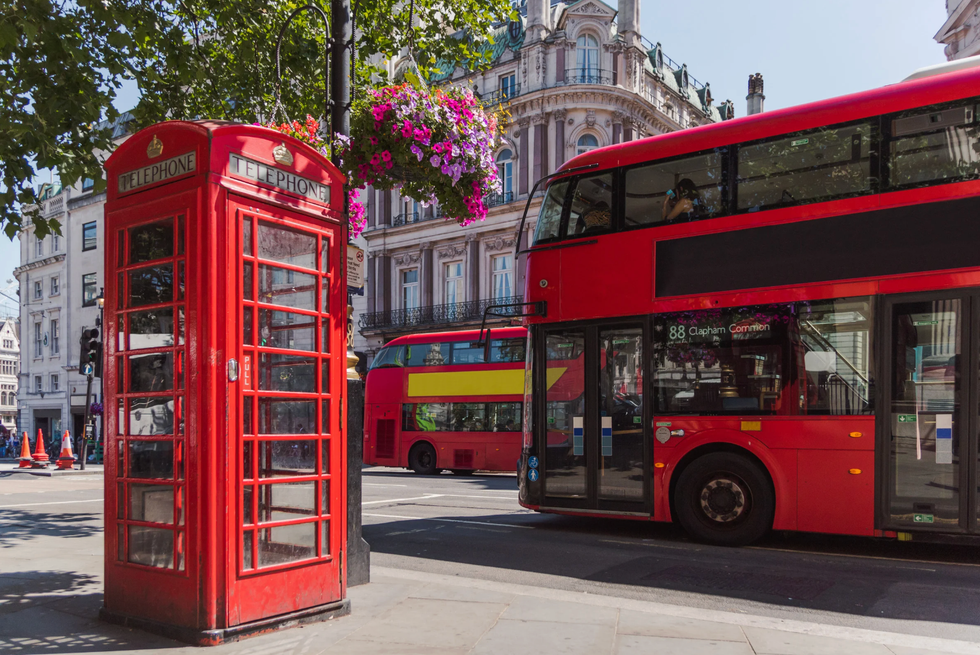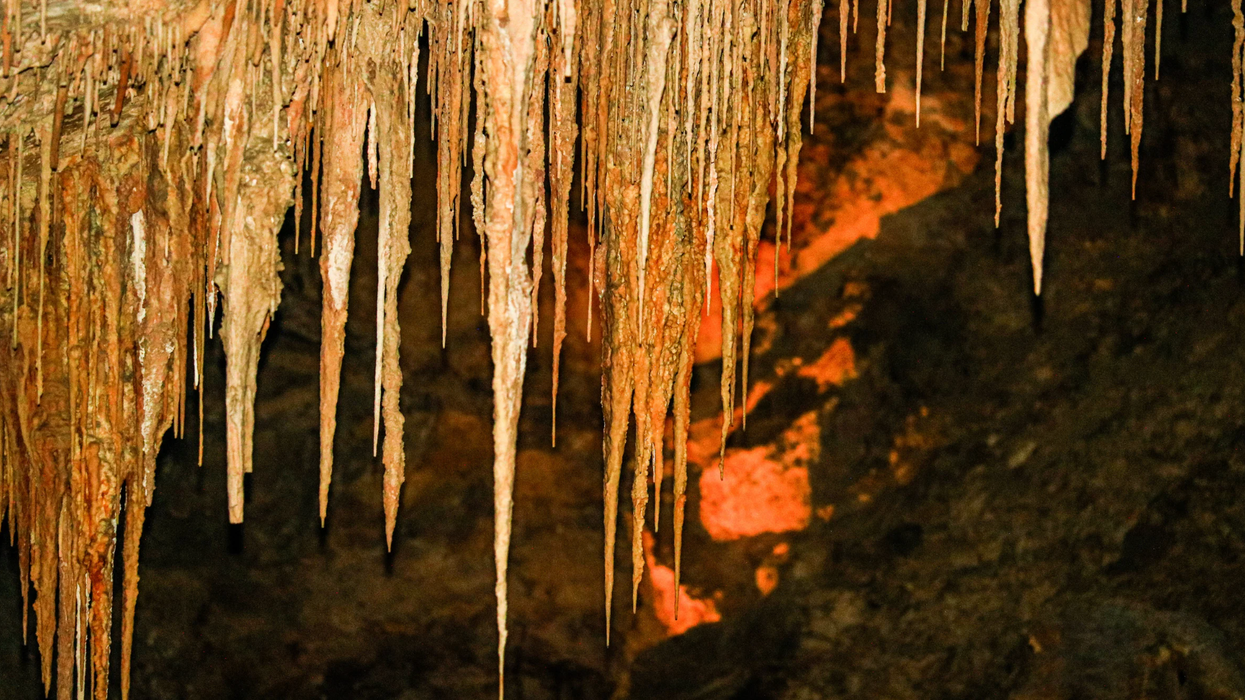Istanbul, a city famously built on layers of history, has revealed another one of its secrets. Archaeologists conducting excavations at the Saraçhane Archaeology Park were stunned to discover a hidden underground passageway and adjoining rooms beneath the ruins of the 1,500-year-old St. Polyeuctus Church, as reported by Live Science.
The purpose of these mysterious structures is still being pieced together. The subterranean network consists of two large chambers connected by a tunnel, all of which seem to have been linked to the church's prothesis—the chamber next to the altar where bread and wine were prepared for the Byzantine Divine Liturgy.
Researchers were impressed by the craftsmanship; the underground passage is decorated with mosaics, stone inlays, and carved marble blocks.

The Church of St. Polyeuctus has a storied history of its own. It was constructed between 524-527, when Istanbul was known as Constantinople, the capital of the Eastern Roman Empire. According to Anadolu Ajansi, it was commissioned by Princess Anicia Juliana, who "wanted to show power against Emperor Justinianus and his wife Theodora."
The church itself, which was first excavated by archaeologists in the 1960s according to Turkish Archaeological News, is now in ruins. But the discovery of this intact infrastructure is significant, not just for its beauty, but for what it can teach the modern city.

Mahir Polat, Deputy Secretary-General of the Istanbul Metropolitan Municipality, told Daily Sabah that the structure's resilience is a marvel.
"Istanbul, which is currently struggling with earthquakes, has experienced dozens of earthquakes over the past 1,500 years. However, the structure we are seeing now has managed to survive all earthquakes. We should learn lessons from this," Polat stated. "The earthquake memory of the city is also here. If you want to see Istanbul's earthquake memory, what happened in the Fatih district is a good example."
Professor Ken Dark, an archaeologist at King's College London who was not part of the project, told Live Science that the ruins are among the city's most significant. "Hopefully, re-displaying the ruins of this historically important and once-magnificent church will bring awareness of it to a much wider audience," he said.
Istanbul, archaeology, St. Polyeuctus Church, secret rooms, Byzantine, tunnels, Live Science, Mahir Polat, Constantinople, earthquake YouTube
This article originally appeared earlier this year.

















 Lindsey Stirling meet & greet appearance at the Winter NAMM Show in Anaheim, California in 2018
Lindsey Stirling meet & greet appearance at the Winter NAMM Show in Anaheim, California in 2018
 A double-decker bus and an English phone boothCanva
A double-decker bus and an English phone boothCanva
 Woman celebrating with hashtag #winning via
Woman celebrating with hashtag #winning via 
 Several people scratching off lotto ticketsCanva
Several people scratching off lotto ticketsCanva A woman fans out a bunch of cash
A woman fans out a bunch of cash
 A hand holds multiple lottery ticketsCanva
A hand holds multiple lottery ticketsCanva Hundred dollar bills spread outCanva
Hundred dollar bills spread outCanva
 A woman looks at post-it notes while thinking Canva
A woman looks at post-it notes while thinking Canva Two women on a couch are having a conversationCanva
Two women on a couch are having a conversationCanva A father and son sit on a porch talking Canva
A father and son sit on a porch talking Canva A woman paints on a canvasCanva
A woman paints on a canvasCanva A student high-fives with his teacherCanva
A student high-fives with his teacherCanva
 A subterranean waterfallCanva
A subterranean waterfallCanva